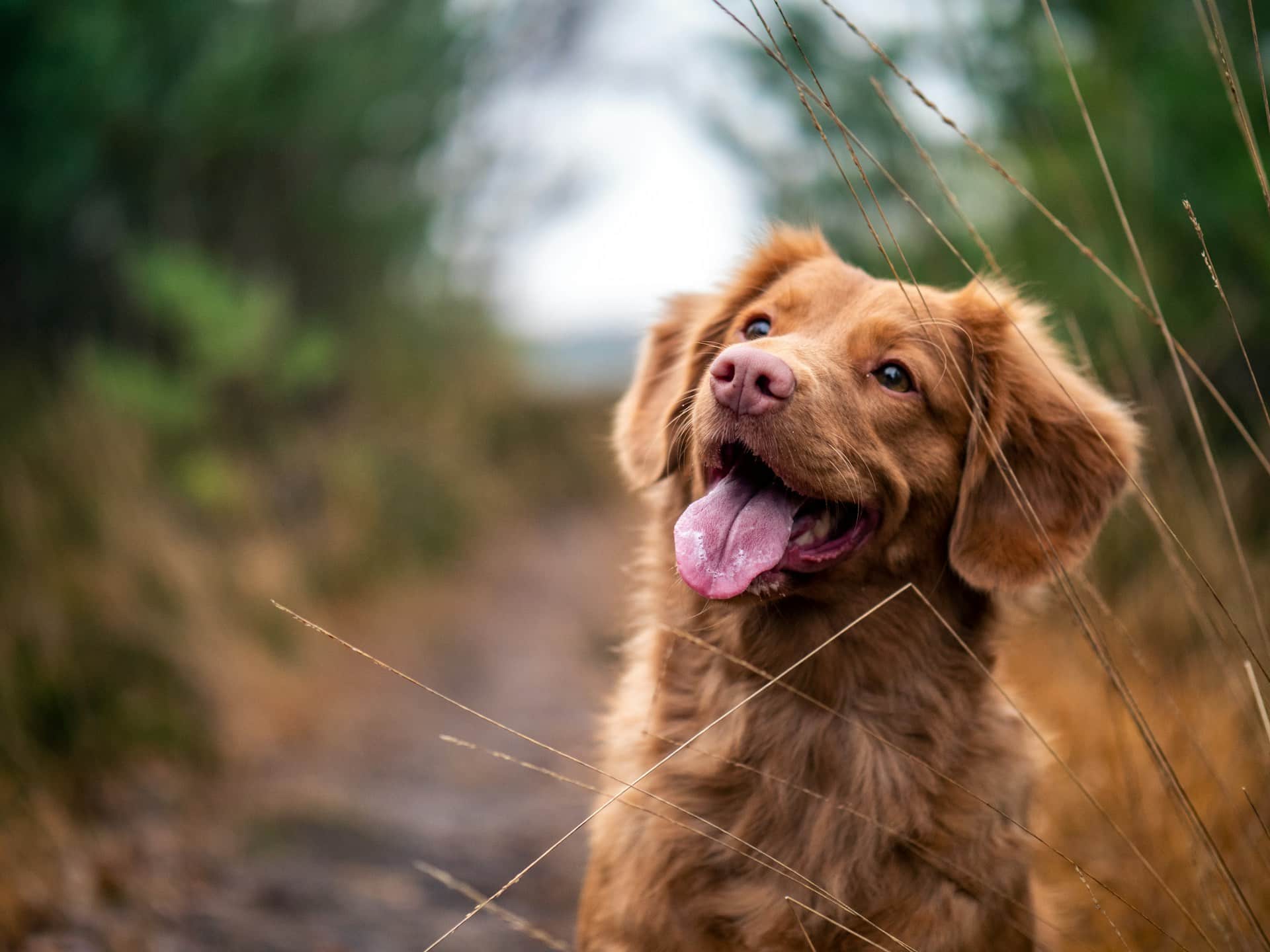Noise phobias in dogs can often result in anxiety, stress, and behavioral issues. They can be triggered by various sounds, such as thunderstorms, fireworks, vacuum cleaners, or even doorbells. If your dog is struggling with noise phobia, it’s important to address the problem and not let it escalate. The most effective solution that veterinary behaviorists often recommend is desensitization. This method involves exposing a dog to the noise it fears at a low level initially and gradually increasing the volume over time. The process is slow and must be carried out with care, but it offers long-term benefits. In this article, we will guide you through the process of developing a comprehensive desensitization plan for your dog.
Understanding Your Dog’s Noise Phobia
Before starting the desensitization process, it’s crucial to have a clear understanding of your dog’s noise phobia. Different dogs may react differently to various sources of noise – some might be scared of thunder, while others might fear the sound of fireworks or the vacuum cleaner. Understanding your dog’s particular fear will help you develop a more effective desensitization plan.
Cela peut vous intéresser : How to Recognize and Manage Heat Exhaustion in a Pet Chinchilla?
To understand your dog’s noise phobia, you will need to observe their behavior closely. Look out for signs of anxiety, such as panting, pacing, trembling, hiding, or trying to escape. These signs can give you clues about what kind of noises your dog is afraid of. For a more accurate diagnosis, you might also want to consider consulting a veterinary behaviorist.
Creating a Safe Space
Creating a safe space for your dog is an essential part of a desensitization plan. This step helps to ensure that your dog has a place to retreat to when the noise level increases. Ideally, the safe space should be a quiet, comfortable area where your dog can relax.
A voir aussi : What Are the Essential Features of a High-Quality Outdoor Dog Kennel?
The safe space should be available to your dog at all times, not just during the desensitization process. Fill it with your dog’s favorite toys, blankets, and treats. Over time, your dog will associate this space with comfort and safety, which can help reduce their anxiety.
Gradual Exposure to the Noise
The core part of the desensitization plan is to gradually expose your dog to the noise they fear. The noise should be introduced at a low level initially – low enough that your dog does not show any signs of fear or anxiety. Over time, you can slowly increase the volume.
During this process, it’s important to monitor your dog’s reactions closely. If your dog shows signs of distress, you should immediately lower the volume or stop the noise. Pushing your dog too hard can lead to setbacks in the desensitization process.
Remember that the key to successful desensitization is patience. The process might take weeks or even months, but it’s essential to go at your dog’s pace.
Incorporating Positive Reinforcement
Integrating positive reinforcement into the desensitization plan can make the process more effective. This involves rewarding your dog whenever they react positively to the noise.
The rewards can be treats, toys, or praise – anything that your dog loves. For instance, if your dog remains calm when the noise is played, immediately reward them with a treat. This helps to create a positive association with the noise.
Positive reinforcement should be done consistently. Each time your dog reacts calmly to the noise, they should be rewarded. This consistent positive reinforcement can help your dog overcome their noise phobia faster.
Consulting a Professional
Despite your best efforts, there may be times when the desensitization process does not go as planned. If your dog’s noise phobia does not seem to improve or worsens, it might be time to seek professional help.
A professional dog trainer or a veterinary behaviorist can provide specialized guidance and interventions. They can assess your dog’s behavior, adjust the desensitization plan, and provide additional strategies to help your dog overcome their noise phobia.
Developing a comprehensive desensitization plan for a dog with noise phobias may be a daunting task. However, with patience, consistency, and the right strategies, it’s entirely possible to help your dog overcome their fears. Always remember that every dog is unique, so what works for one might not work for another. Be patient and flexible in your approach, and don’t hesitate to seek professional help if needed.
Noise Aversion Training Sessions
Incorporating noise aversion training sessions into your desensitization counterconditioning plan can also help manage your dog’s noise phobia. While gradual exposure is key, it’s also important to consider the environment and circumstances under which the sounds occur. With noise aversion training, the goal is to condition your dog to associate loud noises with positive experiences rather than fear or anxiety.
Start the training sessions by introducing the noise at a low volume, as previously explained. Then engage your dog in their favorite activities, such as playing fetch or doing dog training exercises. The idea is to distract your dog and create a positive association with the noise. Gradually increase the volume as your dog becomes more comfortable. Remember to reward your dog for calm behavior during these sessions.
Make sure to conduct the training sessions in a controlled environment devoid of other stressors. Environmental management is crucial in behavior modification programs. The space should be comfortable, familiar, and devoid of any stimuli that might cause additional stress or fear. At any point, if your dog shows signs of fear or anxiety, reduce the noise volume or end the session.
Dealing with Separation Anxiety and Noise Phobias
It’s worth noting that dogs with noise phobias might also suffer from separation anxiety. This is because they often associate their fear response to loud noises with being alone. Therefore, part of the desensitization plan should include addressing any underlying separation anxiety issues.
If your dog exhibits signs of separation anxiety, such as destructive behavior, excessive barking, or pacing when you’re not around, consider incorporating techniques to manage this issue into the plan. This could include providing them with interactive toys to keep them busy when alone, using anxiety wraps, or employing calming music. If the separation anxiety is severe, it might be beneficial to consult with a professional for a more structured behaviour modification program.
Conclusion
Helping your dog overcome their noise fears is not a quick fix but a journey. It requires understanding their fear anxiety, creating a safe haven, gradually exposing them to their fear, integrating positive reinforcement, holding noise aversion training sessions, and addressing any associated separation anxiety.
Keep in mind, the core of a successful desensitization counterconditioning plan is patience and consistency. Each dog is unique and their emotional responses will vary. You need to adjust the plan according to your dog’s pace. It’s important not to rush the process or force your dog to face their fears all at once. The goal is to change their emotional response to noise from fear to indifference.
If, despite following a comprehensive desensitization plan, your dog’s noise phobia does not improve, it’s necessary to consult a professional. This could be a dog trainer or a veterinary behaviorist, who can provide specialized interventions and strategies.
Remember, there’s no one-size-fits-all solution for noise phobias in dogs. However, with patience, understanding, and a comprehensive desensitization plan, you can help your dog overcome their fear of loud noises and lead a more comfortable, stress-free life.






